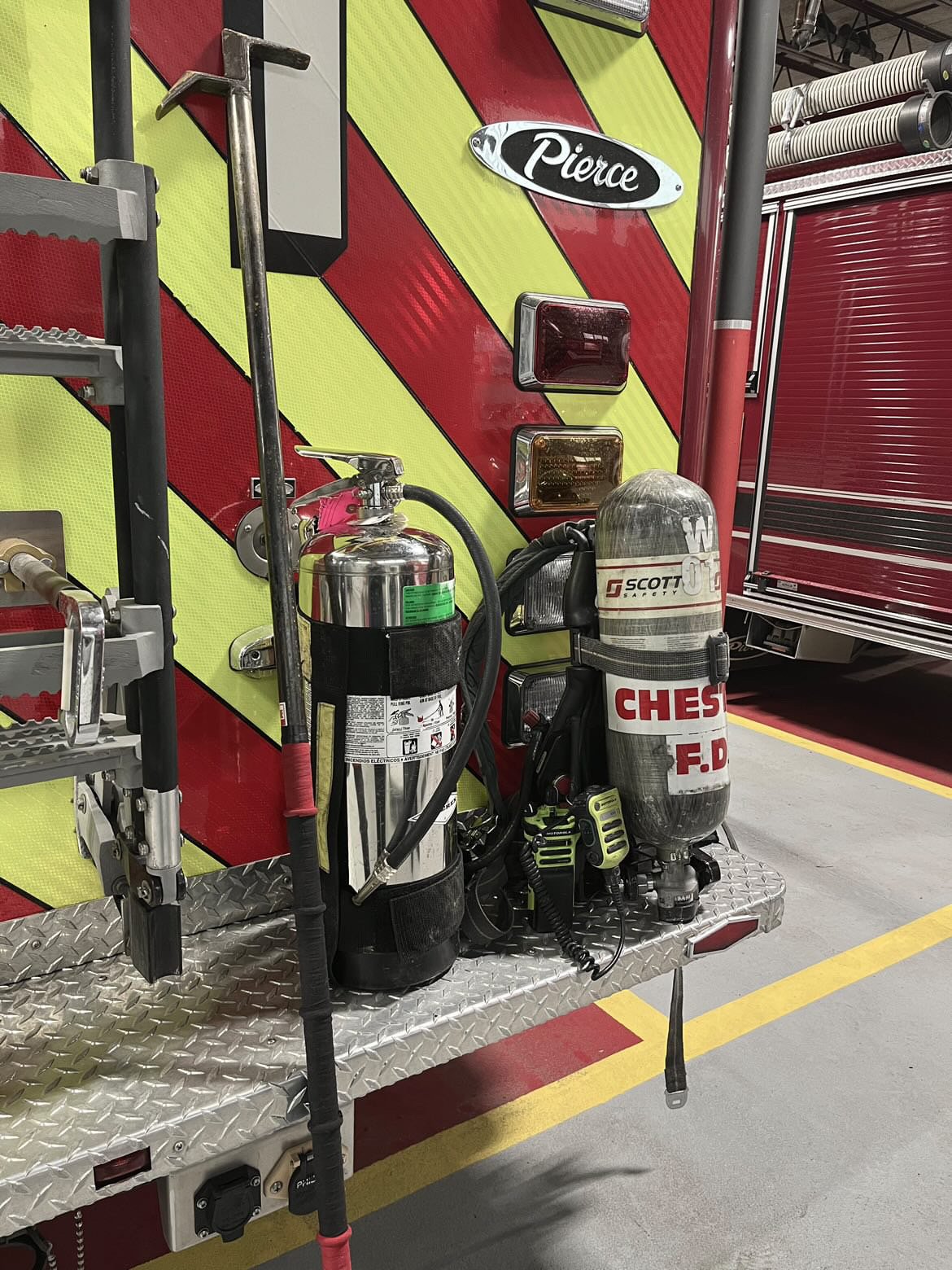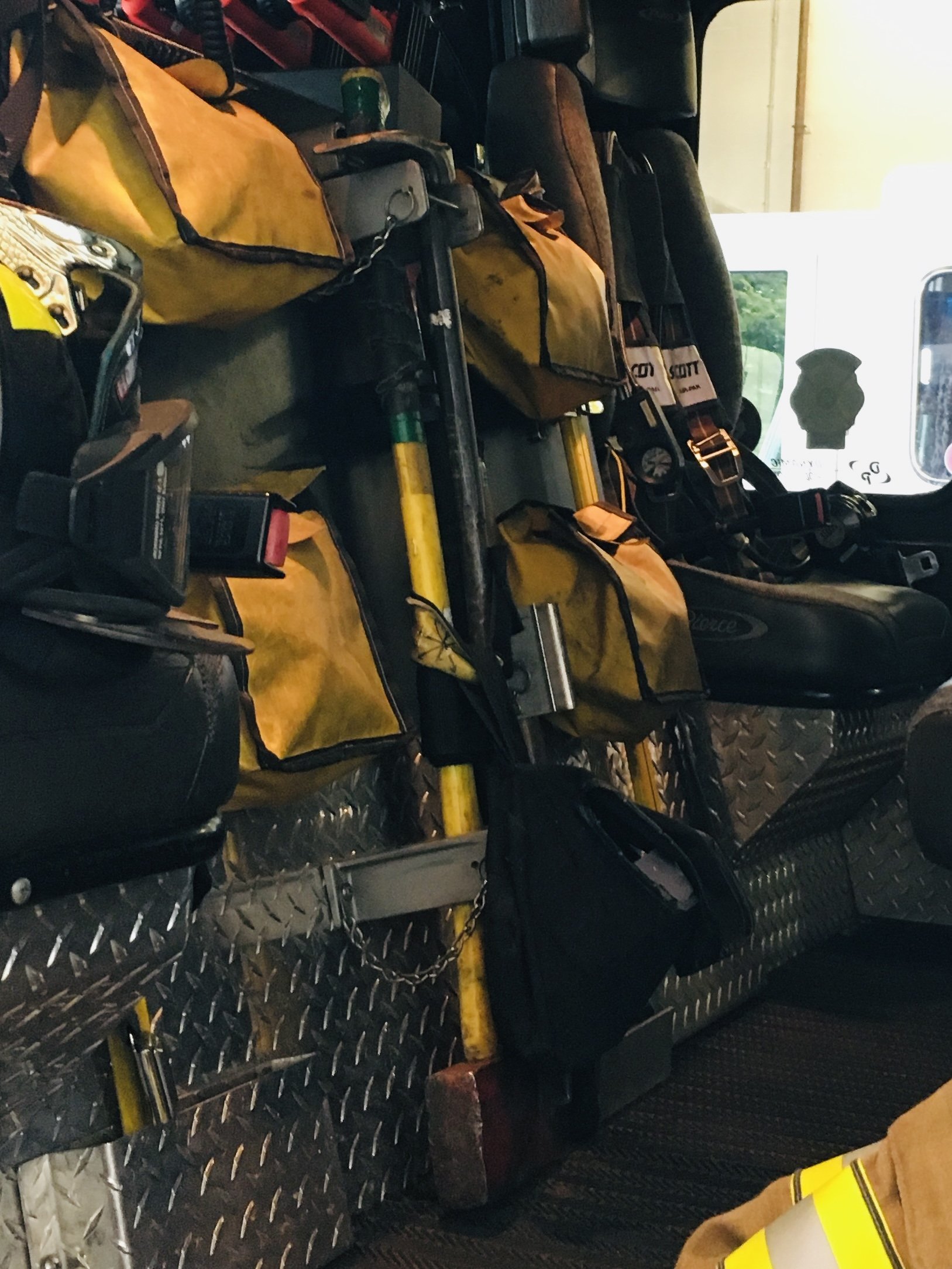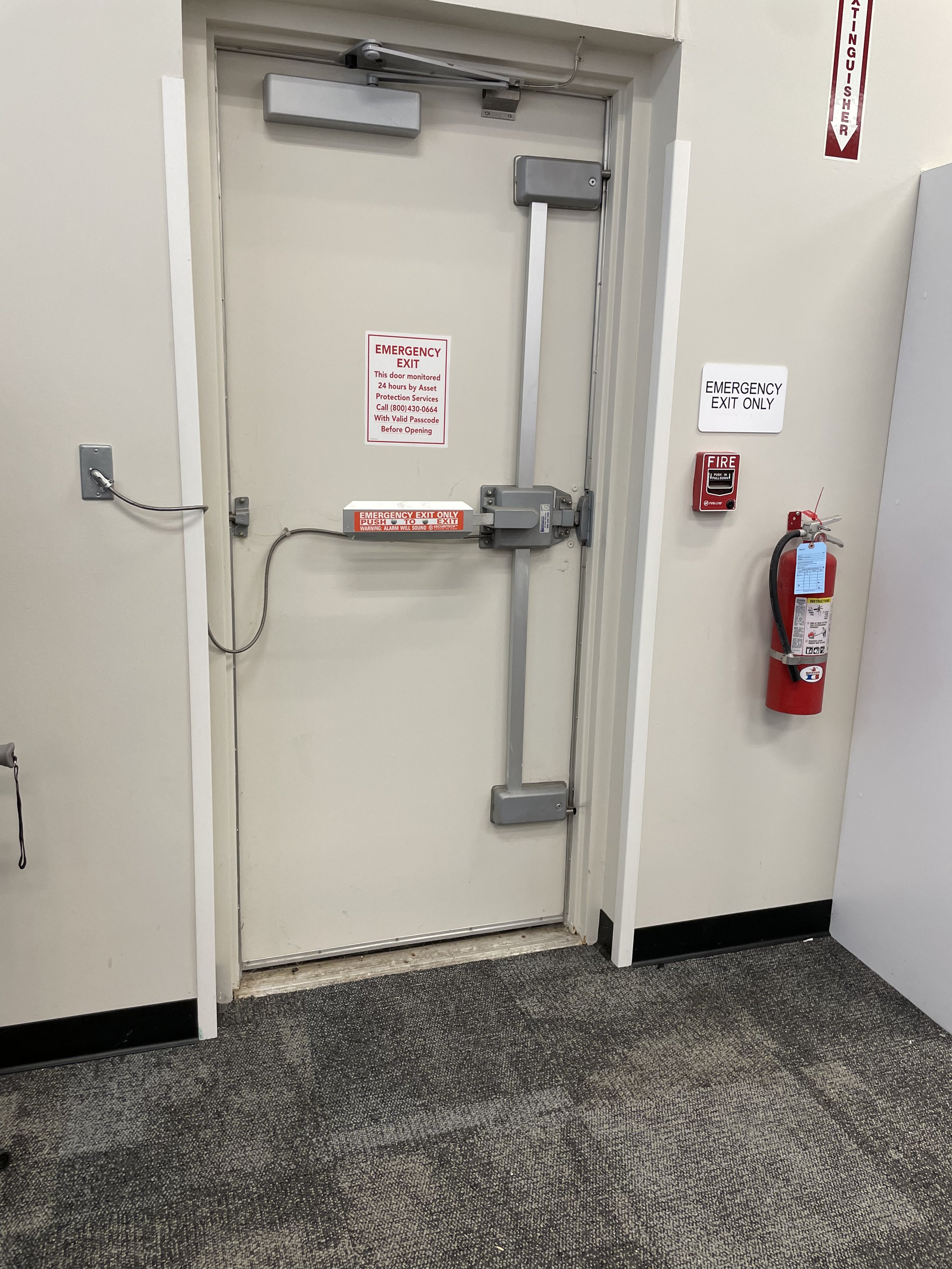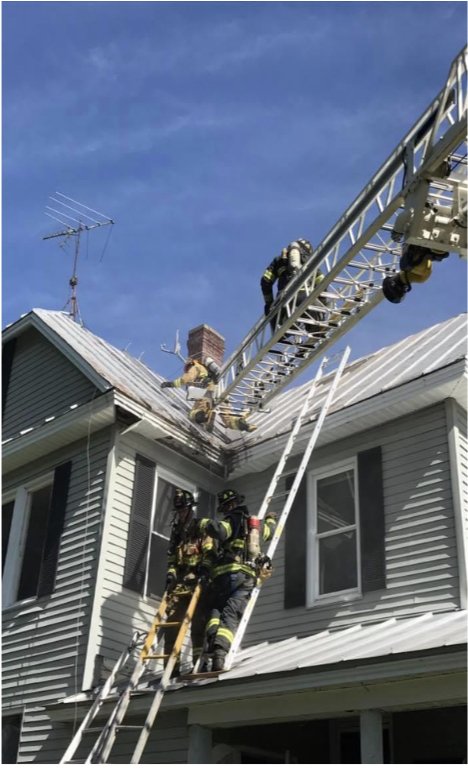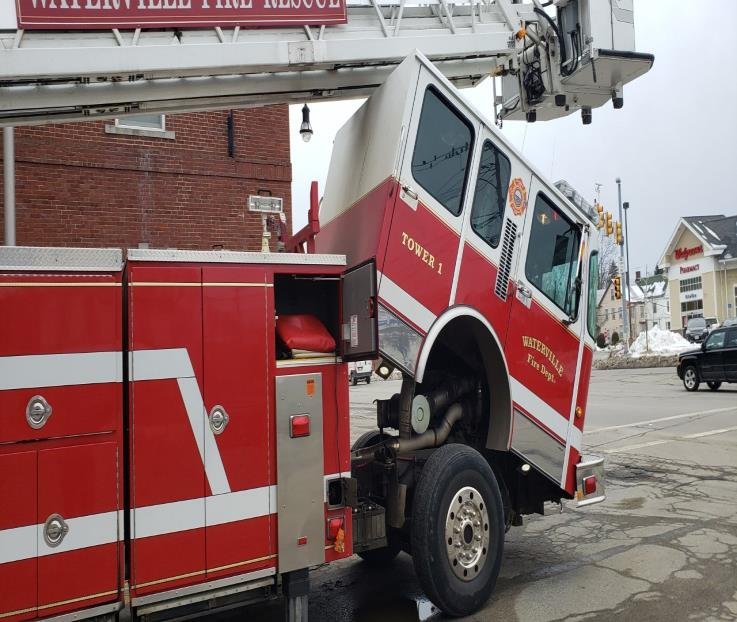Understanding Forcible Entry at Residential Structure Fires
Firefighters face numerous challenges when responding to residential structure fires, and one of the most critical skills required in such situations is forcible entry. This technique enhances firefighters' safety and increases the chances of saving lives and minimizing property damage. Understanding the methods, tools, and protocols involved in forcible entry can significantly impact the effectiveness of fire response efforts.
The Nature of Residential Fires
Residential fires pose a significant and immediate threat, often igniting with alarming speed and escalating rapidly. A small flame can spread in as little as 30 seconds, creating a more substantial fire and making swift action critical. The National Fire Protection Association (NFPA) reports that a fire department is dispatched to a house fire every 87 seconds in the United States. This equals out to a little over 358 thousand house fires a year. This constant demand underscores the urgency and prevalence of fire-related emergencies. Given the time-sensitive nature of these situations, firefighters face immense pressure to make rapid and informed decisions upon arrival. One of their first critical tasks is determining the optimal entry point into the burning structure. This assessment should be conducted quickly and effectively, especially when doors or windows are locked, obstructed by debris, or otherwise rendered unable to open through conventional means. Overcoming these obstacles is paramount to rescuing occupants, suppressing the fire, and minimizing property damage. Ultimately, the effectiveness of a firefighter's initial entry significantly impacts the outcome of a residential fire.
The Importance of Forcible Entry
When firefighters arrive at the scene of a structure fire, the situation's urgency dictates their primary objectives. Their foremost tasks are to rescue any occupants trapped within the burning building, effectively extinguish the fire, and prevent it from spreading to adjacent structures, which could complicate the incident. To achieve these critical goals efficiently and effectively, gaining access to the building becomes prominent. Forcible entry into a structure facilitates several crucial operations integral to the overall success of firefighting efforts.
Facilitate Rescue Operations: One of the most pressing concerns in any fire emergency is the safety and well-being of individuals trapped inside. Forcible entry should be performed quickly and efficiently. Quick entry can often make the difference between life and death, as it minimizes the time individuals are exposed to life-threatening smoke, heat, and flames.
Control the Fire: The quicker firefighters engage with the flames, the better they can limit the damage. Forcible entry allows firefighters to attack the fire directly, allowing them to initiate suppression efforts from the structure's interior rather than attacking from the outside and potentially missing fire areas. This proactive approach is crucial in mitigating damage to the structure and its contents and protecting the surrounding areas from catching fire.
Ventilate the Structure: When firefighters gain access through forcible entry, they can establish critical ventilation paths to alleviate the buildup of smoke and heat within the structure. Opening windows and doors or creating specific ventilation points improves the conditions inside. This enhanced airflow not only aids in the rescue effort by making it easier for those trapped to breathe but also increases the effectiveness of fire suppression activities. By controlling smoke movement, firefighters can more easily identify the seat of the fire and effectively extinguish it.
Common Techniques for Forcible Entry
These methods can generally be categorized into three main types: mechanical entry, hydraulic entry, and thermal entry. Each category encompasses various techniques and tools that firefighters utilize depending on the circumstances they encounter.
1. Mechanical Entry
Mechanical entry is the most common form of forcible entry and primarily involves the use of hand tools. These tools are straightforward but effective, allowing firefighters to create entry points into buildings quickly and efficiently. Several key tools are frequently employed in this category:
Ax and Sledgehammer: These standard tools are essential for breaking through doors or windows. The ax can be used for chopping and piercing, while the sledgehammer provides the power to deliver forceful blows, shattering barriers that might otherwise impede access.
Halligan Bar: Known for its versatility, the Halligan bar combines a pry bar, claw, and spike all in one tool. This multifunctional tool allows firefighters to gain leverage and effectively pop open doors, making it invaluable when quick access is necessary.
Irons: This term generally combines a Halligan bar and a flathead axe. The combination allows firefighters to perform a wide range of forcible entry tasks, from prying open doors to widening gaps for access. Their dual functionality makes irons a staple in the firefighting toolkit.
2. Hydraulic Entry
Firefighters turn to hydraulic entry techniques when mechanical tools are insufficient or when faced with incredibly sturdy barriers. Hydraulic tools, such as a Rabbit Tool or
"bunny tool," enables firefighters to force entry into doors designed to withstand impact. The bunny tool is not typically necessary for single-family homes, where access is easily managed by the residents. However, it can be a valuable asset for taxpayer buildings or urban apartment complexes with numerous units and complex access requirements. In these environments, the bunny tool could streamline emergency access for first responders. Allowing for quick entry with minimal damage can save time and resources. However, it is crucial to note that the bunny tool is specifically designed for inward-facing doors. Its effectiveness depends entirely on this door orientation and will not function on doors that swing outward.
3. Thermal Entry
Firefighters may resort to thermal entry techniques in specific scenarios where traditional physical entry tools may prove ineffective or cumbersome. These methods involve the use of heat-based tools to breach barriers. A couple of key techniques that fall under thermal entry include:
Sawing: Firefighters can employ reciprocating saws fitted with specialized blades that can cut through various materials, including wood, metal, and reinforced structures. This method allows them to create necessary openings in walls or to breach fortified entry points, enabling them to access affected areas swiftly.
Torching: In some cases, cutting torches are utilized to breach metal doors or barriers. This method is beneficial when other tools fail to provide adequate access, allowing for rapid penetration through rigid materials using a focused and intense heat source.
Challenges of Forcible Entry
Time Constraints: One of the most pressing challenges in forcible entry is the time constraint firefighters operate under. The need for rapid action can lead to rushed decisions, which poses risks not only to the firefighters themselves but also to any victims who may be trapped inside the structure. The pressure heightens the stakes, emphasizing the importance of rapid yet calculated responses.
Structural Integrity: As fire spreads throughout a building, it can significantly compromise its structural integrity. Firefighters need to be aware that the materials that once provided support may weaken under intense heat. Accordingly, they must make judicious assessments about the stability of the structure before breaching entry points. This often requires a keen understanding of architectural design and damage assessment to avoid situations that could lead to partial or complete collapses, putting rescuers and victims at risk.
Access Points: Modern structures increasingly utilize fortified doors, sophisticated locking mechanisms, and advanced security systems to deter unauthorized access. Such innovations pose additional obstacles for firefighters during forcible entry, as traditional methods of breaking down doors or windows may not suffice. Firefighters must be well-versed in various locks, hinges, and security devices.
Training and Preparedness: Given the complexities involved in forcible entry, continuous training on what most would consider a "basic skill" is needed. Fire departments must prioritize regular drills that simulate various forcible entry scenarios under diverse conditions. These training exercises provide firefighters with invaluable experience, enabling them to develop the necessary muscle memory to execute effective forcible entry tactics correctly and safely. This preparation enhances their skills and instills confidence in their ability to handle high-pressure situations.
Conclusion
Forcible entry during structure fires is a vital component of firefighting that necessitates quick decision-making, rigorous physical skill, and thoughtful strategic planning. As building construction evolves, so must the methods and tools available to firefighters. Continuous education, training, and heightened awareness are critical to equipping firefighters to confront the challenges inherent in forcible entry situations. Whether opening a locked door or navigating a smoke-filled corridor, each successful forcible entry contributes to the collective effort to protect and save lives from the effects of fire.











